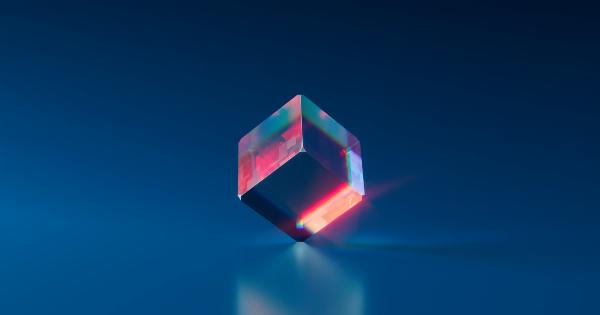Are you tired of dealing with hair loss? Have you tried numerous treatments and remedies without success? Don’t worry, you’re not alone.
Hair loss affects millions of people worldwide and can take a toll on their self-confidence and overall well-being. However, with the right knowledge and treatment options, you can finally bid farewell to hair loss for good.
Understanding Hair Loss
Before diving into the solutions, it’s important to understand the different types and causes of hair loss. Hair loss can be categorized into two main types: temporary and permanent.
Temporary hair loss, also known as telogen effluvium, is usually triggered by factors such as stress, hormonal changes, medication, or nutritional deficiencies. On the other hand, permanent hair loss, also known as androgenetic alopecia, is primarily caused by genetics and hormonal imbalances.
Treatment Options
When it comes to tackling hair loss, there are several treatment options available. Here are some of the most effective ones:.
1. Medications
There are specific medications available on the market that target the underlying causes of hair loss. For example, minoxidil, when applied directly to the scalp, can stimulate hair growth and slow down hair loss.
Finasteride, on the other hand, is an oral medication that blocks the hormones causing hair loss in men. Consult with a healthcare professional to determine the right medication for your specific condition.
2. Platelet-Rich Plasma (PRP) Therapy
PRP therapy is a revolutionary treatment option that utilizes the natural healing properties found in your own blood. The process involves drawing your blood, processing it to concentrate the platelets, and then injecting it back into your scalp.
These platelets release growth factors that promote hair growth, strengthening of hair follicles, and overall scalp rejuvenation. PRP therapy has shown significant results in hair restoration and can be a game-changer for those struggling with hair loss.
3. Hair Transplantation
Hair transplantation is a surgical procedure where hair follicles are extracted from donor areas and transplanted into the balding or thinning areas of the scalp.
This procedure is mainly used to treat permanent hair loss and can provide natural-looking results. Hair transplantation has come a long way in recent years, with advanced techniques like follicular unit transplantation (FUT) and follicular unit extraction (FUE) offering excellent outcomes.
4. Low-Level Laser Therapy (LLLT)
LLLT, also known as red light therapy, uses low-level laser devices to stimulate hair growth at the cellular level.
These devices emit red light that is absorbed by hair follicles, promoting circulation, reducing inflammation, and encouraging hair regrowth. LLLT is a non-invasive and painless treatment option that can be used alongside other therapies.
5. Lifestyle Changes
While medical treatments and procedures can be highly effective, incorporating certain lifestyle changes can also have a positive impact on hair health. Taking care of your overall well-being is key to combating hair loss.
Ensure you have a balanced diet with enough vitamins and minerals, manage stress levels, avoid excessive heat and styling damage, and use gentle hair care products. Additionally, avoid tight hairstyles or constant traction on your hair, as these can contribute to hair loss.
Preventing Future Hair Loss
Prevention is always better than a cure, and when it comes to hair loss, there are a few steps you can take to minimize the risk:.
1. Nurture Your Scalp
A healthy scalp is vital for hair growth. Regularly cleanse your scalp to remove any build-up of oils, bacteria, or product residue. Use a gentle shampoo and consider incorporating scalp massage techniques to promote blood circulation.
2. Be Mindful of Hairstyles
Avoid hairstyles that put excessive strain on your hair or scalp, such as tight ponytails, braids, or buns. Opt for looser hairstyles or alternatives like soft updos to reduce the risk of hair breakage and traction alopecia.
3. Protect Your Hair
Shield your hair from excessive heat, such as blow dryers, straighteners, and curling irons. When using heat styling tools, apply a protective serum or spray to minimize damage.
Additionally, protect your hair from harsh environmental factors by wearing a hat or scarf when exposed to extreme sun, wind, or cold.
4. Stay Hydrated
Hydration is crucial for healthy hair growth. Drink plenty of water and maintain a well-balanced diet that includes foods rich in vitamins, minerals, and antioxidants. These nutrients nourish your hair from within and promote optimal hair health.
Conclusion
Dealing with hair loss can be frustrating, but there are numerous solutions available to help you regain your confidence and achieve a fuller head of hair.
From medications and therapies to lifestyle changes, finding the right approach depends on your specific needs. Remember that hair loss treatments work best when tailored to your condition, so consult with a healthcare professional or a hair loss specialist to create a personalized plan for you.




























